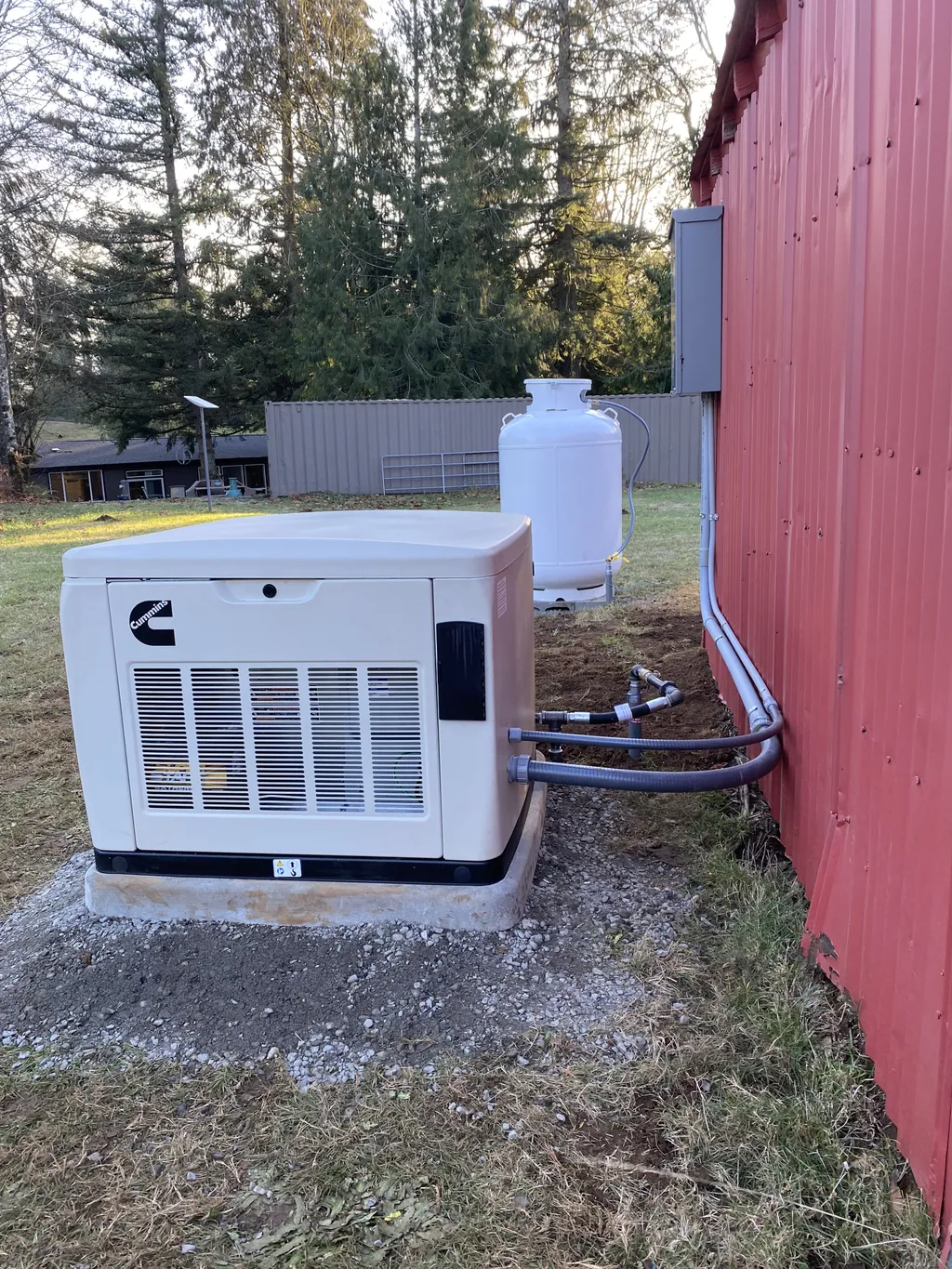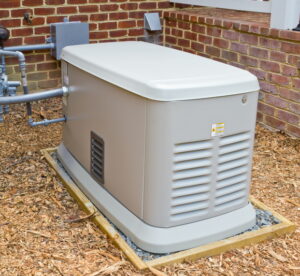An electric generator is a device that transforms a source of energy into electricity. This source of energy can vary. For this reason, there are several types of power generators. In this blog, we’ll explain how generators work, focusing on combustion-powered models, and go into detail about the key components that make up a generator.
The First Generator
Most power is generated by generators based on Michael Faraday’s discovery in 1831. He discovered that the rotation of a magnet inside a coil of wire causes an electric current to flow through the wire. He created the first electricity generator, which is based on the connection between magnetism and electricity and inspired the design of modern electromagnetic generators.
How Generators Work
Every generator consists of two basic components: the engine and the alternator.
The engine powers the generator, which generates mechanical energy. Its size has a significant impact on how much electricity the generator can produce. When selecting a generator, it is critical to evaluate the fuel type (gasoline, propane, or diesel), if it has an Overhead Valve (OHV) design, which is a quality feature, and whether it has a Cast Iron Sleeve (CIS) in the engine cylinder for greater durability and longevity.
The alternator, often known as the “generator,” converts the mechanical energy from the engine into useful electricity. A high-quality alternator is required to ensure that the electricity generated by your generator is consistent and safe for your household appliances
Key Parts of a Generator
- Stator
- Rotor/Armature
- Design Considerations
- Metal vs. Plastic Housing
- Ball Bearings vs. Needle Bearings
- Brushless Design
- Fuel System
A portable generator can run for 6 to 10 hours with a full tank of petrol. Larger generators may run for extended periods of time, perhaps up to 20 hours or even days, with propane.
Other Components
Pipe Connections
- Ventilation Pipe
- Overflow Connections
- Fuel Pump
- Fuel Water Separator/Fuel Filter
- Fuel Injector
Voltage Regulator
This regulator maintains the generator’s output voltage by a cyclical process involving:
- AC to DC Conversion
- Exciter Windings
- Rotating Rectifiers
- Induction of Larger AC Voltage
Cooling & Exhaust System
Generated heat is managed by coolants like water or hydrogen and fans for residential and industrial units.
Exhaust System
Toxic emissions are managed by the exhaust system to guarantee public safety and compliance to regional laws.
Lubrication System
Lubricating moving components is necessary, also regular checks and changes in oil.
Control Panel
The control panel acts as the generator’s interface with features such as:
- Electric Start and Shut-Down
- Engine Gauges
- Generator Gauges
- Other Controls
- Main Assembly/Frame
All generators feature a customized housing that supports the structure and allows grounding for safety.
Are You Prepared to Boost Your Confidence?
CasPro’s skilled electricians can assist you with installing a new generator or with maintaining an existing one. In order to keep your house or business operating no matter what, we specialize in generator installation and upkeep. Contact us today for a quote!





